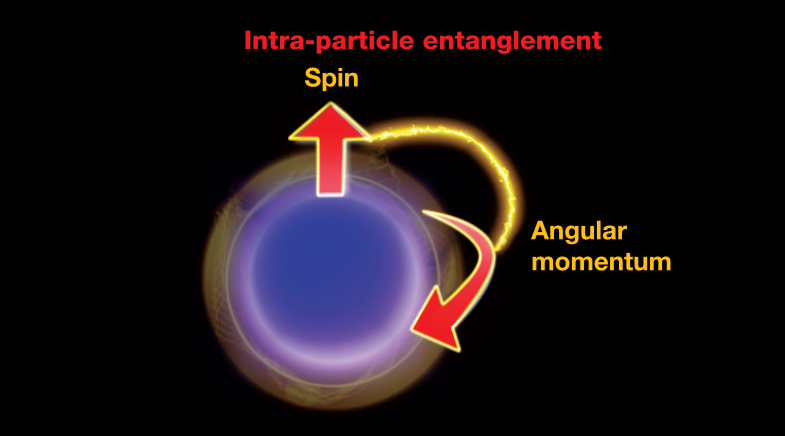Fighting cancer spread
-
- from Shaastra :: vol 03 issue 02 :: Mar 2024

Researchers use emptied-out cancer cells to diagnose cancers and deliver anti-cancer drugs.
An international research effort has found a promising way to deal with metastatic cancers simply by deploying 'sanitised' cancer cells to deliver a cargo of drugs and imaging agents.
Metastatic cancers – caused by the migration of tumour cells from a primary site to other body organs and tissues – are life-threatening. Nearly 90% of cancer deaths are linked to metastasis. Diagnosing the progression to secondary tumours early is crucial.
In a study published in the Journal of Controlled Release (bit.ly/theranostic), researchers report a novel technique that combines diagnosis and treatment of metastatic cells by using nanovesicles, extracted from the cells of a virulent form of breast cancer, as a vehicle for cargo delivery. Nanovesicles are nanoscale synthetic or biological structures which have recently been found to be potentially useful in the delivery of imaging agents, drugs and biomolecules to target cells.
The research effort was led by Rajendra Prasad, currently an Assistant Professor in the School of Biochemical Engineering at the Indian Institute of Technology (Banaras Hindu University), Varanasi. For more than a decade, he has been working on developing theranostics (pairing of diagnostic markers and therapeutic drugs) particularly for solid tumours. An ideal theranostic helps avoid multiple interventions for diagnosing and treatment, says Prasad.
Metastatic breast cancer cells were emptied of their biological matter and packed with imaging and therapeutic agents.
The team, which includes scientists from India, Portugal and the U.S. who are Prasad's colleagues since his postdoc days, synthesised nanovesicles from metastatic breast cancer cells, which were sanitised by emptying out their biological matter and then packed with imaging and therapeutic agents. The scientists observed substantial improvements in imaging as well as treatment outcomes in mice.
The theranostic system not only diagnosed and delivered drugs to breast cancer cells, but also to those cancer cells that had metastatised to the lung and liver, says Prasad. The new concept might make personalised medicine possible as nanovesicles derived from patient's own tumour cells can be used for the cargo delivery.
"The integration of optics with therapeutics looks like an interesting concept," says Mohit Kumar Jolly, Assistant Professor of Bioengineering at the Indian Institute of Science in Bengaluru, who specialises in tumour studies.
Manzoor Koyakutty, Professor of Nanomedicine at the Amrita Institute of Medical Sciences, Kochi, says that the work is impressive, but he expresses concern about the regulatory hurdles that such complex systems might face in the days ahead, if experiments in larger animals also yield encouraging results. “Regulators across the world detest such complex systems as uniform distribution of multiple constituents across multiple doses can be a nightmare," says Koyakutty.
Have a
story idea?
Tell us.
Do you have a recent research paper or an idea for a science/technology-themed article that you'd like to tell us about?
GET IN TOUCH














